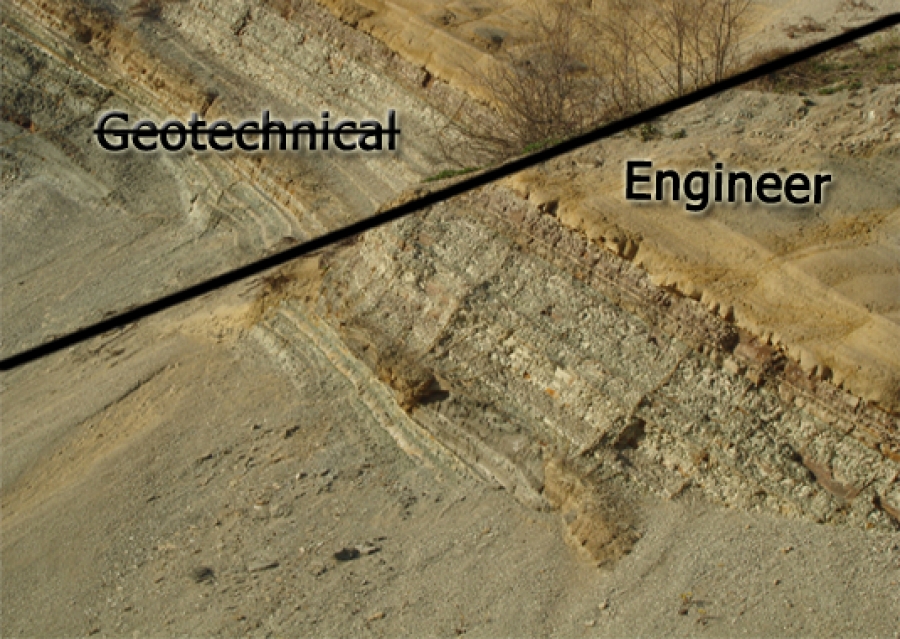Leading Geotechnical Engineering Companies in South Africa: Specialized Solutions for Framework Projects
Leading Geotechnical Engineering Companies in South Africa: Specialized Solutions for Framework Projects
Blog Article
Just How Consulting Civil Design Firms Add To Effective Project Management and Style Implementation
Consulting civil design firms are integral to the success of building and construction projects, merging technological efficiency with strategic oversight. By focusing on design optimization and threat reduction, these firms ensure that projects are not just feasible however affordable and also lasting.
Role of Civil Engineers
Understanding the duty of civil designers is essential for the effective management of building projects. Civil engineers offer as the backbone of infrastructure growth, guaranteeing that jobs are developed and carried out to meet sustainability, security, and functionality standards. Their know-how includes different facets of engineering, consisting of architectural, environmental, and geotechnical specializeds.
Civil designers are accountable for conducting usefulness research studies, which examine the stability of suggested tasks by examining economic, technological, and ecological variables. They develop comprehensive blueprints and specifications, integrating cutting-edge services to maximize products and resources. During the construction stage, civil engineers oversee the project, collaborating with service providers, architects, and stakeholders to guarantee adherence to make specs and regulative demands.

Job Preparation Approaches
Reliable project planning techniques are vital for guaranteeing that building and construction jobs are executed efficiently and successfully. Consulting civil design companies play a critical function in this procedure by employing thorough planning approaches that attend to numerous project phases. Initially, a comprehensive evaluation of job extent and customer needs is carried out, permitting for the recognition of important turning points and deliverables.
Moreover, these firms make use of devices such as Gantt charts and project monitoring software application to produce thorough timelines, making it possible for efficient organizing of tasks and resource allowance. This structured approach assists to expect prospective traffic jams and designate necessary resources proactively. Danger monitoring is an additional vital component; firms perform danger evaluations to recognize potential issues that might emerge during the job's lifecycle, implementing mitigation strategies to minimize disturbances.
Furthermore, stakeholder interaction is highlighted throughout the preparation phase. Routine communication with customers, professionals, and neighborhood authorities guarantees that all events are aligned with project goals and timelines. By incorporating these approaches, seeking advice from civil engineering companies boost the likelihood of project success, making sure adherence to budget constraints and governing needs while cultivating a joint setting.
Design Optimization Methods
Layout optimization techniques are essential for enhancing the performance and sustainability of civil engineering projects. These strategies include the systematic analysis of style specifications to attain the ideal feasible outcomes while decreasing prices and source usage. By using innovative computational devices and algorithms, designers can examine different style choices and choose one of the most effective choices based upon certain job requirements.
One commonly utilized strategy is parametric design, which permits the adjustment of layout variables to observe their influence on general project performance. This repetitive process leads to ingenious services that not only meet useful needs however also abide by environmental requirements. Additionally, methods such as worth engineering emphasis on enhancing task elements to make the most of worth while decreasing unnecessary costs.
Furthermore, the combination of Building Info Modeling (BIM) facilitates better collaboration amongst stakeholders, allowing real-time adjustments and improvements to layouts. This alternative sight fosters a thorough understanding of the project, resulting in informed decision-making. Eventually, effective design optimization strategies result in boosted project timelines, decreased waste, and enhanced structural efficiency, adding to the overall success of civil design undertakings.
Danger Administration Methods
Threat administration techniques are vital in making certain the successful delivery of civil design jobs, as they aid determine, analyze, and minimize potential risks that can influence job outcomes. Reliable danger monitoring is a systematic procedure that involves the recognition of risks, assessment of their possibility and impact, and the development of techniques to address them.
Consulting civil engineering companies generally use a mix of measurable and qualitative threat analysis methods (geotechnical engineering companies in south africa). Qualitative approaches, such as conceptualizing sessions and experienced interviews, aid collect geotechnical engineering companies in south africa insights on possible risks from various stakeholders. Alternatively, measurable strategies entail statistical analysis and modeling to determine the likelihood and possible effect of identified dangers
As soon as threats are analyzed, firms implement reduction techniques, which may consist of risk evasion, transfer, acceptance, or decrease. This might include redesigning project elements to eliminate risks or securing insurance to balance out possible economic losses. Constant monitoring and review of risks throughout the job lifecycle are also necessary, enabling prompt adjustments to run the risk of management strategies as brand-new dangers arise.
Collaborative Communication Practices
Enhancing task results through collective interaction practices is essential for seeking advice from civil engineering companies. Efficient communication promotes a society of transparency and trust fund amongst stakeholders, which is crucial for the successful execution of engineering jobs. By executing structured interaction channels, firms can guarantee that all events-- customers, contractors, and team participants-- are lined up on job deliverables, timelines, and goals.
Normal meetings, both official and casual, assist in the exchange of concepts and comments, enabling for real-time problem-solving and decision-making. Making use of collaborative devices such as project management software program urges documentation and tracking of progress, while making it possible for instant access to important details.
Furthermore, energetic listening and open dialogue are important components in a collective setting. By valuing diverse point of views, companies can innovate and adapt designs that satisfy both technological requirements and customer expectations. In addition, promoting a team-oriented atmosphere reduces misconceptions and raises the general quality of work.

Final Thought
In verdict, seeking advice from civil design firms are integral to effective task management and style application. Inevitably, the know-how and methods utilized by consulting civil designers substantially contribute to achieving task goals while lessening costs and making best use of source usage.

In verdict, seeking advice from civil engineering firms are important to effective project management and style implementation.
Report this page